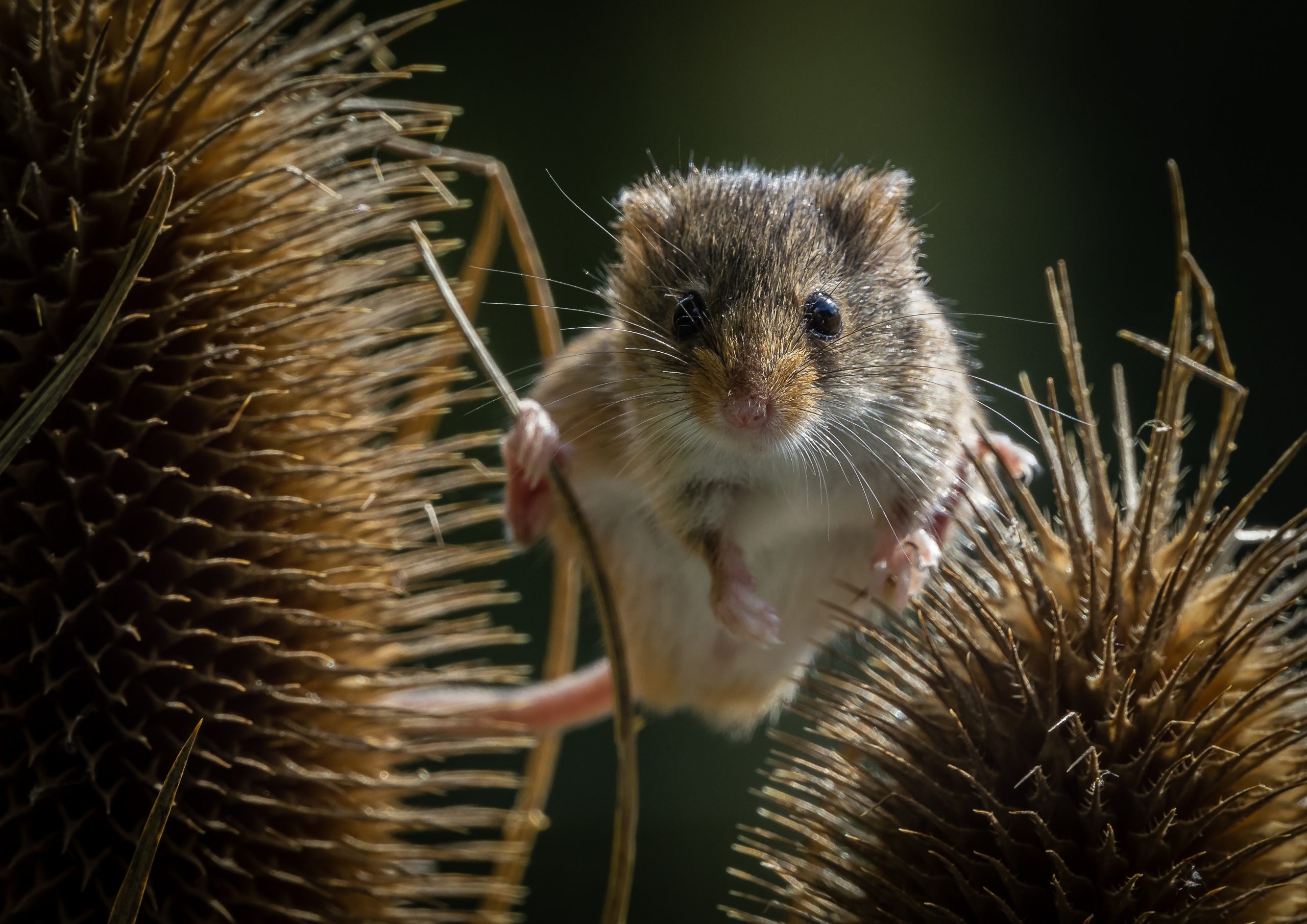In recent years, Britain’s wildlife has suffered from an immense loss. Conservation organisations are calling for urgent action to be made to protect the nature around us. Now, more than ever, it is critical that we work towards a green recovery. This way we can prevent further and likely irreversible damage.
Rob Curtis, an environmental records officer at Gloucestershire Wildlife Trust, spoke with us to discuss the species that are at risk of extinction in Gloucestershire and the projects that are underway to help protect them.
White-clawed crayfish
“I would say one of the top endangered species in our county is the White-clawed crayfish,” Rob said, “They have the threat of the introduced Signal crayfish and the disease that they carry. It’s really tricky to deal with.”
The invasive Signal crayfish was introduced to UK rivers in the 1970s and 80s from America. Their rapid spread caused our native White-clawed crayfish to suffer a severe decline – not just from the disease they carry, but also through the way that they are able to outcompete.
Another threat includes habitat degradation and pollution.
In order to support their population, GWT have created ‘ark sites’ – locations where threatened White-clawed crayfish can be translocated. This means that they are moved away from Signal crayfish and the disease they carry.
Nightingale
“Nightingales are threatened in the county and nationally,” Rob explained.
Whilst the charity does not presently have any projects underway to help nightingales specifically, they have noticed that there have been some in one of their biggest nature reserves – Lower woods. “We’re trying to do some work down there anyway to open up parts of the wood. This will help let more light in and create a denser scrub layer. That’s what nightingales need,” Rob added.
As well as this, nightingales have also been spotted in the RSPB’s Highnam Woods nature reserve and the Cotswold Water Park, which is managed by the Cotswold Lake Trust.
Pine Marten
“A mammal that we are trying to increase is the pine marten. We have a scheme called Project Pine Marten underway in the Forest of Dean that has helped to reintroduce them,” Rob said.
As part of this project a number of pine martens have been released in the area. They are closely monitored with microchips, tracking collars and camera traps. This way new pine martens in the area can be identified and the health of all the animals can be assessed.
Water vole
“Water voles are another one of the top most threatened species in the county,” explained Rob.
This is due to habitat loss and predation by the non-American mink. The trust are working hard to save the water vole by improving riverbank habitats and being involved in reintroduction schemes.
National mammal week (25-31 October)
Next week The Mammal Society are hosting their yearly national mammal week. The purpose of this is to spread awareness to the public about what mammals are declining and what can be done about it.
The theme this year is ‘Harvest Mice and Other Wildlife Under the Radar!’ This is due to the fact that harvest mice are thought to be in decline as they have suffered from a loss of habitat and farming changes.
Through a series of events and activities they are hosting, the charity hopes to promote people to record their own data on species that they see on their Mammal Tracker app. In turn, a better understanding can be gained and better strategies can be implemented to protect the species concerned.
